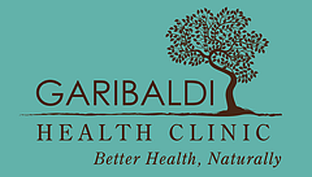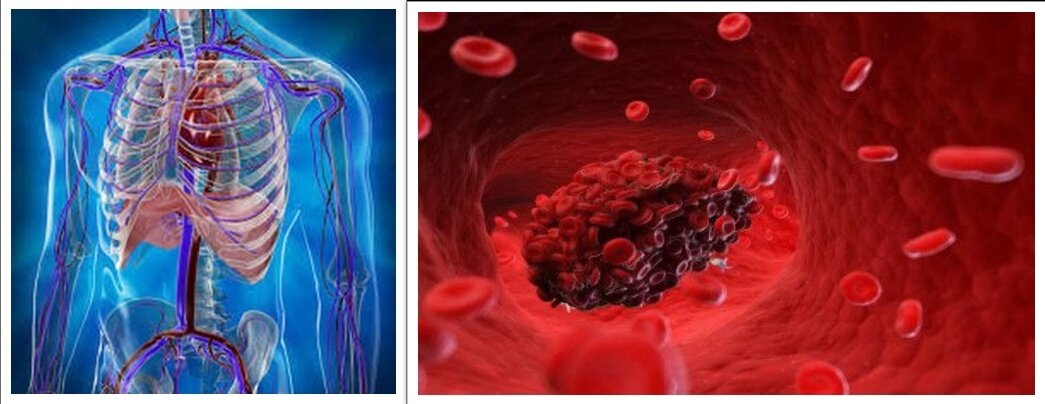We don’t often get to see our blood – and for many that have phobias of blood or needles, this is just fine. But, have you ever wondered about all of the microscopic, trillion cells that make up our bodies, and what they exactly do? For starters, they help to keep us alive, but their specifics go much deeper.
At one time or another we’ve all experienced the inflammation that gathers around an infected cut or sliver. The redness is caused by red blood cells (RBCs), but the reason for this accumulation of blood has more to do with white blood cells (WBCs), which are agents that attack infection in our bodies.
There are actually five different kinds of WBCs, each with its own task related to immunity, protecting us against parasites, viruses, bacteria, toxins and tumour cells. Though they comprise only 1% of our blood, they have an extremely rapid response capacity, vastly increasing their numbers in a matter of hours to repel an invader. This is a pretty handy built-in mechanism to have!
RBCs – doughnut-shaped discs – are far more numerous, making up about 44% of blood volume, and their function is altogether different, carrying oxygen and nutrients to the cells and carting waste back to the kidneys and lungs. Their red colour comes from hemoglobin, a pigment that contains iron.
The remaining 55% of blood volume is comprised mostly of plasma, a straw-coloured liquid whose chemical composition closely resembles sea water, from which it evolved in our distant evolutionary past. This is the medium that transports everything else – cells, minerals, vitamins, hormones and much more.
Human blood falls into four different types. A, B, AB and, the most common, O (known as the “universal donor’, since anyone in need of blood can receive this blood type no matter what blood type you are), each determined by different configurations of molecules on the RBCs. Mixing the wrong blood types through transfusions can cause mortality.
The sheer numbers entailed in our blood are mind-boggling. Each cubic millimeter – about half the size of a pinhead – contains 5 to 8 million RBCs, and each one of these cells is capable of carrying one billion molecules of oxygen. Every second, about three million of our RBCs die (after a life of 120 days) and are replaced by new ones produced in our bone marrow.
Blood is subject to many diseases and conditions, and is examined by clinicians more often than any other tissue. Among the most common dysfunction is anemia, a term for low levels of iron or B12. Causes may be disease or diet, and can be common in vegetarians and vegans.
Critical, of course, to the functioning of our blood system is the integrity of the arteries, veins and capillaries that carry it around. Let a blood vessel break in the brain and the result is a stroke, which can be fatal. Deprive our bodies of vitamin C and the blood vessel walls deteriorate, leaking blood into tissues, a condition known as scurvy, the scourge of sailors of centuries past.
And when blood does get loose, it must be able to stem its own flow through clotting. The process is complex, plugging leaks with fragments of large cells called platelets, then building a mesh over the breach with a sticky thread-like compound known as fibrin.
The most infamous of bleeding conditions is hemophilia, an inherited inability of blood to clot, once common in the royal families of Europe. In its classic form, hemophilia is passed on only by females and manifests only in males. Queen Victoria was a carrier, gifting the condition to at least 10 ungrateful male descendants.



No Comments